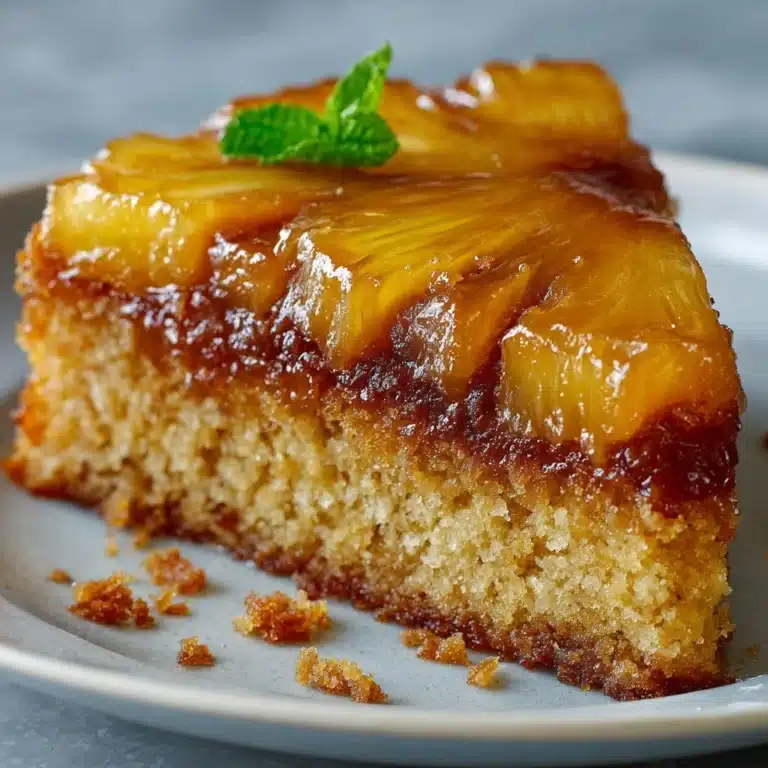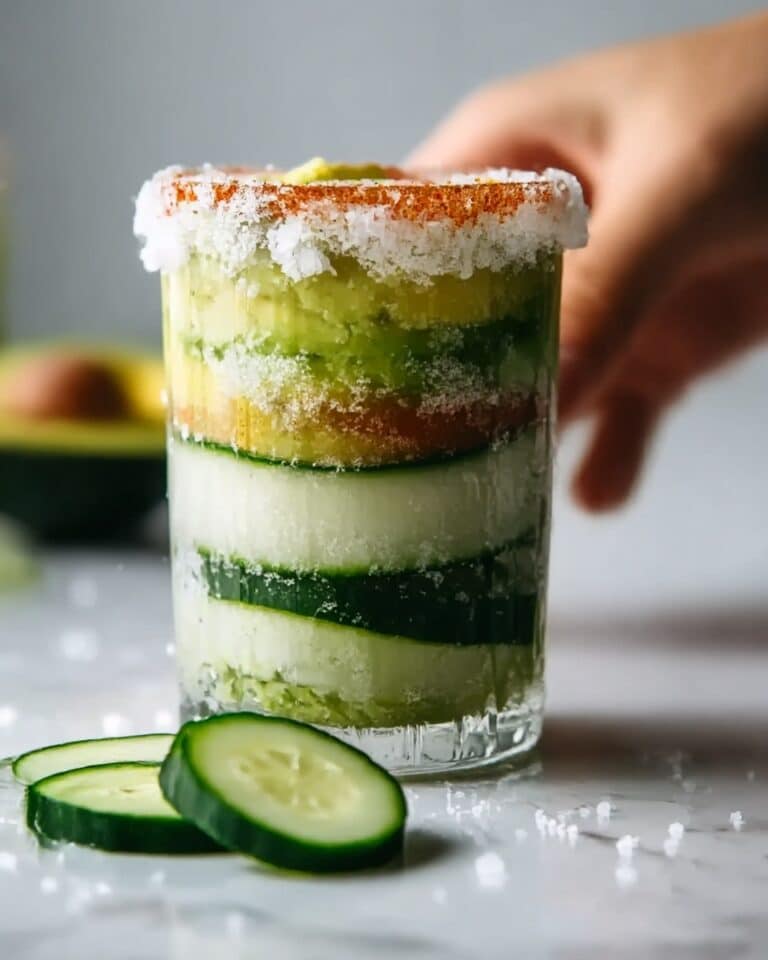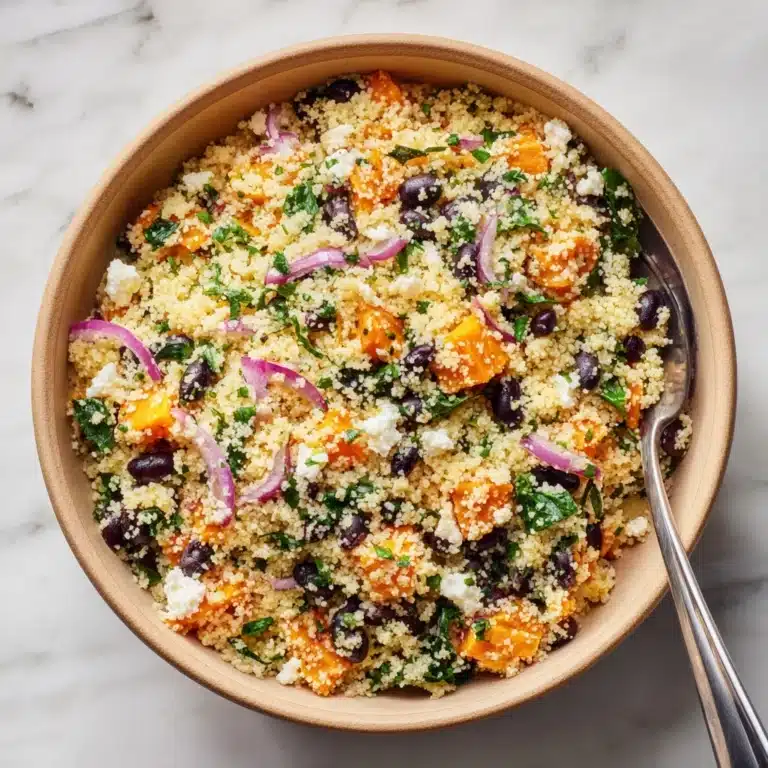Soft Homemade Bread Dough Recipe
If you have ever dreamed of pulling warm, pillowy bread right out of your own oven, this Soft Homemade Bread Dough Recipe is going to become your new best friend. It’s wonderfully simple to make, relies on everyday pantry staples, and delivers on that soft texture and delightful flavor that make homemade bread such a comforting treat. Whether you’re new to bread-making or a seasoned baker, this recipe brings the joy of baking right into your kitchen with impressive results every time.
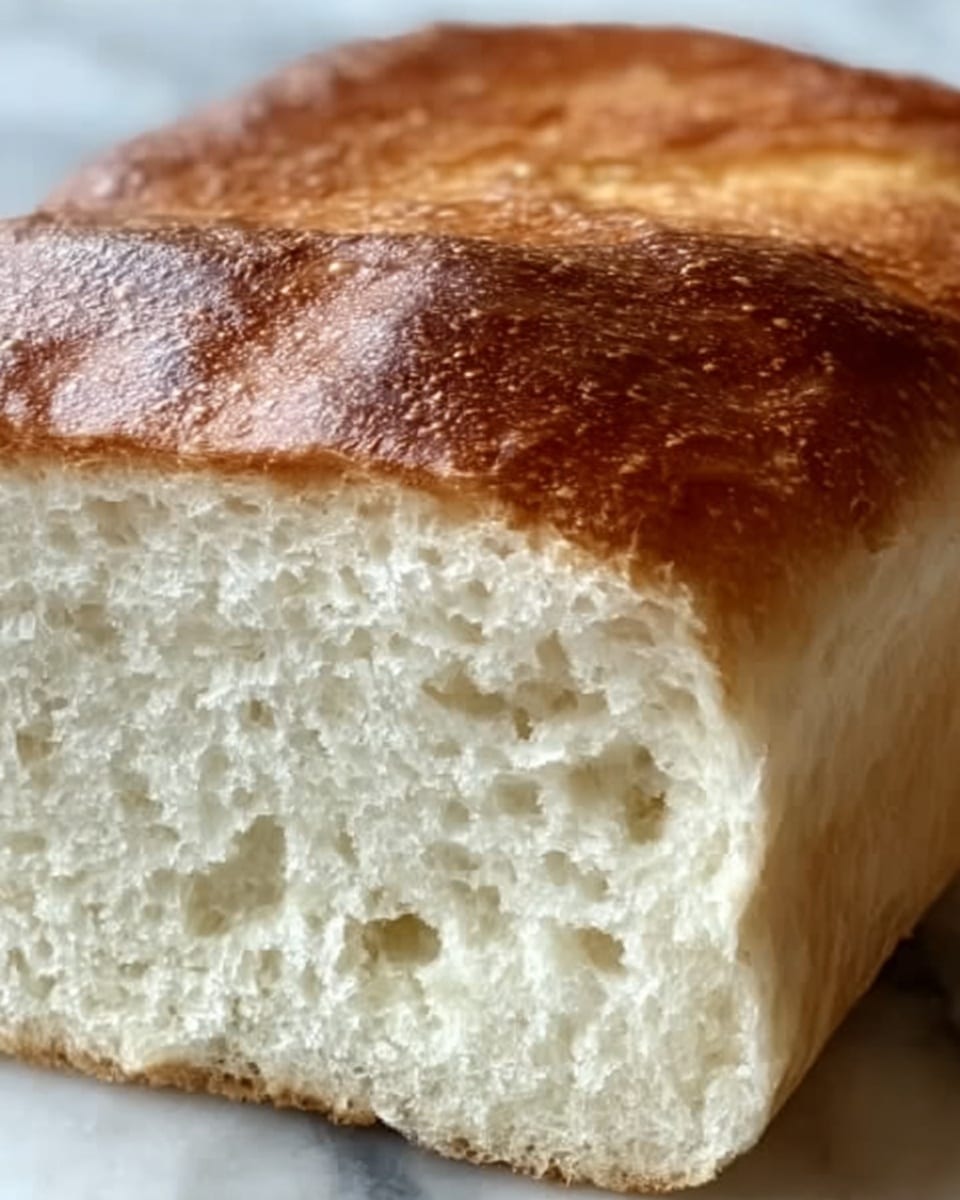
Ingredients You’ll Need
With just a handful of basic ingredients that you probably already have at home, you can create a dough that’s perfectly soft and easy to work with. Each plays a special role, from the yeast that bubbles life into the dough to the olive oil that keeps it tender and moist.
- 2 1/4 tsp active dry yeast (1 packet): This is your rising agent, giving the bread its airy texture and delightful flavor depth.
- 1 tbsp sugar: Feeds the yeast and adds a subtle sweetness that balances the dough perfectly.
- 1 1/4 cups warm water (110°F or 45°C): Helps activate the yeast while keeping the dough soft and pliable.
- 3 1/2 cups all-purpose flour (more for dusting): The backbone of your dough, flour provides structure and chewiness.
- 1 tsp salt: Enhances all the flavors and controls yeast activity for a better rise.
- 2 tbsp olive oil (or vegetable oil): Adds moisture and richness, contributing to the soft crumb.
- 1 tbsp butter (optional, for softening the dough): If you want an extra touch of tenderness and flavor, butter is the secret weapon.
How to Make Soft Homemade Bread Dough Recipe
Step 1: Activate the Yeast
Start by dissolving the sugar in warm water and sprinkling the yeast over the top. Let it sit undisturbed for about 5 to 10 minutes. Watching the frothy bubbles appear feels like magic, and it’s your sign that the yeast is alive and ready to work its leavening wonders. This step ensures your dough will rise beautifully and develop that signature softness.
Step 2: Mix the Dough
Combine the flour and salt in a large bowl, then create a well in the center for the yeast mixture and olive oil. Stir gently until the ingredients start to come together. This initial mixing is where your dough begins to take shape, and it’s okay if it still feels a little rough or shaggy at this point.
Step 3: Knead the Dough
Transfer your dough onto a lightly floured surface and knead it for 8 to 10 minutes. This is where your hands get to work transforming sticky clumps into a smooth, elastic masterpiece. A well-kneaded dough should be soft but slightly tacky—resist the temptation to add too much extra flour or the bread will lose its softness.
Step 4: Let It Rise
Oil a clean bowl and nestle your dough inside, turning it once to coat every surface with the nourishing oil. Cover the bowl with a damp towel or plastic wrap and place it somewhere cozy—like inside your turned-off oven with the light on—to rise for about an hour to an hour and a half. Once it doubles in size, you’ll know the yeast has done its job and the dough is ready for shaping.
Step 5: Shape the Dough
Gently punch down the dough to release trapped air, then transfer it back to your floured surface. Now the fun begins: form the dough into a loaf, or divide it into smaller portions for rolls or buns. This recipe is wonderfully versatile, inviting you to get creative with shapes that suit your mood or meal.
Step 6: Second Rise
Place your shaped dough onto a baking sheet or into a loaf pan, cover it once more, and let it rise until it puffs up, about 30 to 45 minutes. This second rising is crucial for that soft, tender crumb and the beautiful volume that makes homemade bread so impressive.
Step 7: Bake the Bread
Preheat your oven to 375°F (190°C) and bake the dough for between 25 and 35 minutes, depending on the size of your loaf or rolls. You’ll know it’s done when the crust is golden brown and the bottom sounds hollow when tapped. This lovely crust encases the light, fluffy interior you worked so hard to create.
Step 8: Cool and Serve
Allow the bread to cool on a wire rack before slicing. Patience here pays off beautifully—the cooling ensures the moisture redistributes evenly, so your slices will be soft and perfect, just like bakery bread but made by you.
How to Serve Soft Homemade Bread Dough Recipe
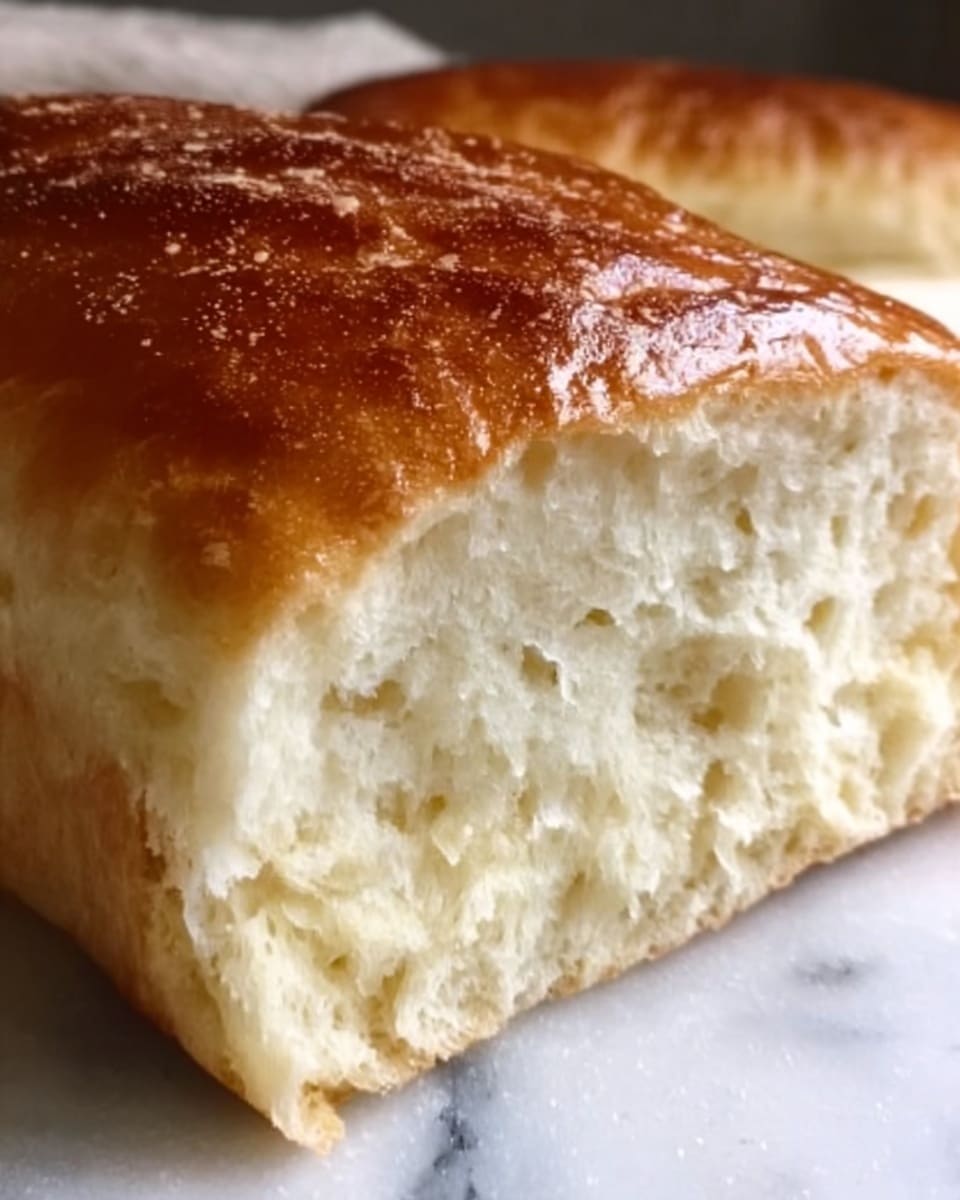
Garnishes
Don’t underestimate the small touches that elevate homemade bread: a sprinkle of sesame seeds, poppy seeds, fresh herbs, or a light brush of melted butter just after baking can add beautiful flavor and texture. These finishing touches make your bread irresistible, whether as a snack or part of a meal.
Side Dishes
Soft homemade bread pairs wonderfully with everything from a hearty bowl of soup or a vibrant salad to dips like hummus, olive tapenade, or garlic butter. Its tender crumb and subtle flavor make it the perfect canvas for savory or sweet accompaniments, so feel free to experiment and find the combination that delights your taste buds.
Creative Ways to Present
Transform your loaf into an edible centerpiece by weaving strands into a braided loaf or making pull-apart rolls that everyone can enjoy during family dinners. You can even hollow out portions to create bread bowls for stews or dips. The Soft Homemade Bread Dough Recipe offers incredible versatility for impressing friends or simply enjoying a fun baking project.
Make Ahead and Storage
Storing Leftovers
If you find yourself with more bread than you can eat in a couple of days, wrap it tightly in plastic wrap or place it in an airtight container to keep it soft. Stored this way, your homemade bread can stay fresh for up to 3 days, so you can enjoy its tender texture without rushing.
Freezing
Freezing your bread is a fantastic way to waste nothing and savor your baking later. Slice the loaf first, freeze the bread tightly wrapped in plastic and foil, then grab what you need when the craving strikes. Frozen bread can last up to 3 months and still retain much of its softness after reheating.
Reheating
To restore the bread’s soft texture after storage, warm individual slices in a toaster or heat the whole loaf in the oven wrapped in foil at 300°F (150°C) for 10–15 minutes. You’ll bring back that just-baked feel, making every bite as comforting as the first.
FAQs
Can I use bread flour instead of all-purpose flour?
Absolutely! Bread flour has a higher protein content, which can lead to a chewier and slightly more structured bread. Using it will still yield a soft dough, just with a different texture that some bakers really enjoy.
Why did my dough not rise?
The most common reason is inactive yeast. Make sure your water temperature is warm but not hot—too much heat can kill the yeast. Also, check the yeast’s expiration date, as old yeast loses its potency.
Can I make this dough without olive oil or butter?
You can omit the fats, but they help keep the bread soft and improve flavor. Without them, expect a slightly firmer crumb. If you’re watching fat intake, try reducing rather than removing them completely.
How do I know when the bread is fully baked?
The crust should be golden brown, and when you tap the bottom of the loaf, it should sound hollow. This classic test ensures the bread’s interior is cooked through without being gummy or dense.
Can I add herbs or other flavorings to this dough?
Yes! Fresh or dried herbs, garlic powder, cheese, or even seeds can be mixed into the dough for extra personality. Just be careful not to add too much extra moisture, as this can affect the rise and texture.
Final Thoughts
There is something truly special about baking your own bread, and this Soft Homemade Bread Dough Recipe makes it easy and rewarding. With simple ingredients, clear steps, and room for creativity, you’ll find baking bread is not only delicious but also a joyful experience. So grab your mixing bowl and get ready to fill your kitchen with the warm aroma of fresh bread—you won’t regret it!
Print
Soft Homemade Bread Dough Recipe
- Total Time: 2 hours 30 minutes
- Yield: 1 loaf or 8–10 rolls 1x
Description
This soft homemade bread dough recipe guides you through creating a tender, fluffy loaf or rolls using simple ingredients like yeast, flour, and olive oil. Perfect for beginners, it involves activating yeast, kneading dough, allowing two rises, and baking to golden perfection for fresh, delicious bread at home.
Ingredients
Dry Ingredients
- 3 1/2 cups all-purpose flour (more for dusting)
- 2 1/4 tsp active dry yeast (1 packet)
- 1 tbsp sugar
- 1 tsp salt
Wet Ingredients
- 1 1/4 cups warm water (110°F or 45°C)
- 2 tbsp olive oil (or vegetable oil)
- 1 tbsp butter (optional, for softening the dough)
Instructions
- Activate the Yeast: In a small bowl, combine the warm water and sugar. Sprinkle the yeast over the water and stir gently. Let it sit for 5-10 minutes until frothy and bubbly, indicating active yeast.
- Mix the Dough: In a large mixing bowl, combine flour and salt. Make a well in the center and pour in the activated yeast mixture along with olive oil. Stir with a spoon until the dough begins to form.
- Knead the Dough: Transfer dough to a lightly floured surface. Knead for 8-10 minutes until smooth, elastic, and slightly tacky. Add flour sparingly if too sticky, avoiding too much which can toughen the bread.
- Let It Rise: Grease a clean bowl with oil or butter. Place the dough inside, turning to coat with oil. Cover with a damp towel or plastic wrap and let rise in a warm place 1-1.5 hours until doubled in size.
- Shape the Dough: Punch down risen dough to release air bubbles. Turn out onto floured surface and shape into a loaf or divide into portions for rolls or buns.
- Second Rise: Place shaped dough on a baking sheet or loaf pan. Cover and let rise 30-45 minutes until puffed and slightly raised.
- Bake the Bread: Preheat oven to 375°F (190°C). Bake rolls 25-30 minutes or loaf 30-35 minutes until golden brown and hollow sounding when tapped on bottom.
- Cool and Serve: Remove bread and cool on a wire rack before slicing. Enjoy fresh, soft homemade bread!
Notes
- Use warm water (not hot) to activate yeast without killing it.
- Adding butter is optional but helps soften the dough further.
- Kneading develops gluten giving bread its structure and chewiness.
- Ensure the dough doubles in size during rises for best texture.
- The hollow sound when tapping the bottom indicates fully baked bread.
- For crispier crust, bake on a preheated baking stone or use a steam method in the oven.
- Prep Time: 20 minutes
- Cook Time: 30 minutes
- Category: Bread
- Method: Baking
- Cuisine: American

